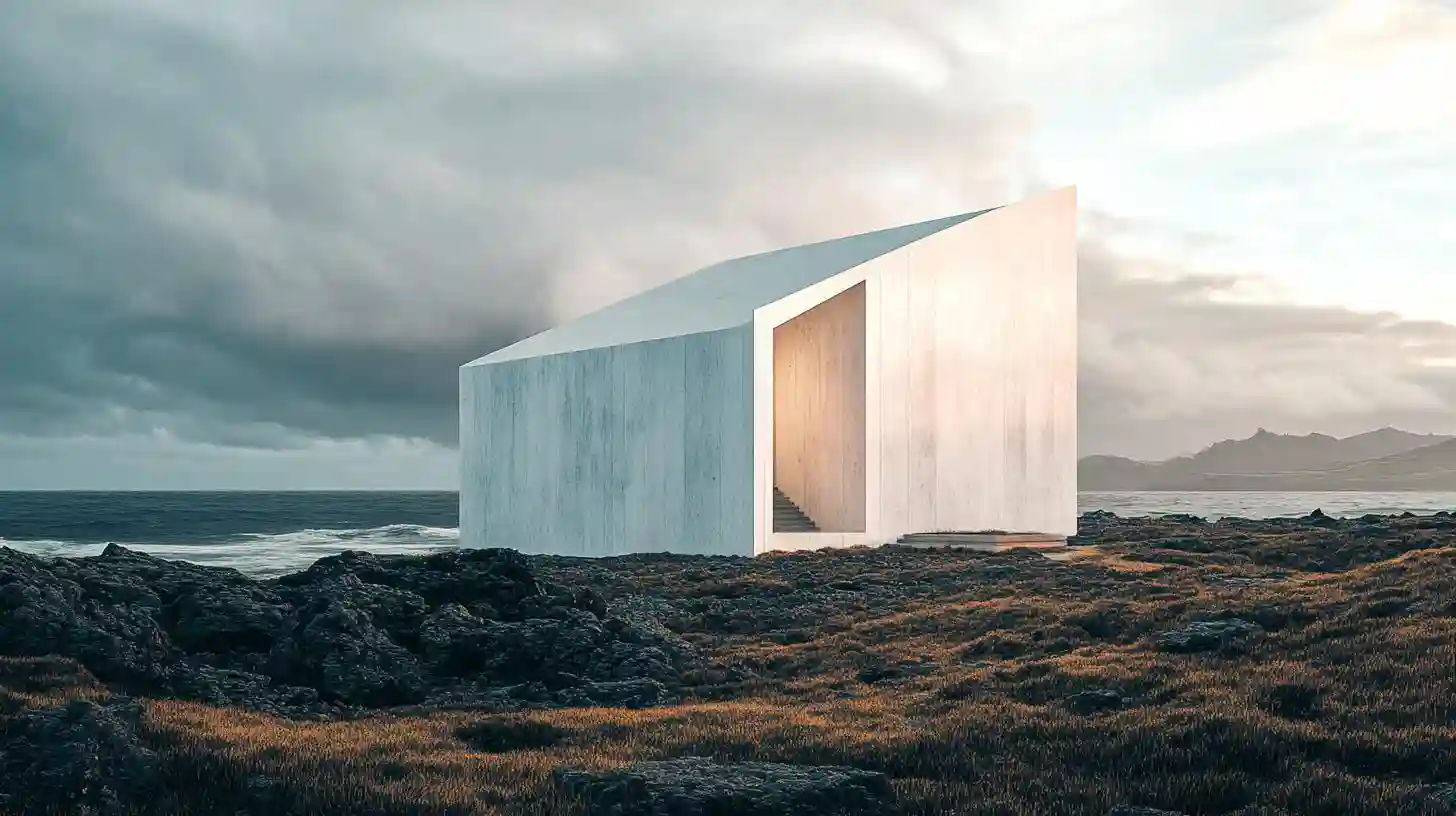
Wisdompulseonline

The connection between environment and emotional well-being is an area of increasing interest and research in mental health. Architectural photography, often seen as a niche domain of photography, encompasses more than merely capturing buildings; it serves as a medium through which we can engage with spaces that dictate our daily experiences. The emotional benefits derived from this specialized form of photography extend beyond visual appeal, impacting mental health and personal well-being through varied and rich dimensions.
To begin with, architectural photography allows individuals to appreciate the intricacies of their surroundings in a more profound way. Structures that may seem ordinary can transform into visual narratives when seen through the lens of a camera. This heightened awareness fosters mindfulness, encouraging individuals to notice details they might otherwise overlook. Observing the interplay between light and shadow on a façade, the subtle lines and textures of a structure, or how the built environment interacts with natural landscapes can provide a sense of connection and belonging. Engaging with these spaces through a creative outlet like photography can substantially uplift one’s mood, leading to an improved sense of gratitude for one’s environment.
Moreover, practicing architectural photography often requires individuals to explore new locales – a beneficial practice for mental health. The act of discovery, whether it involves wandering through urban landscapes or tranquil rural settings, can serve as a form of escapism. Exploring unfamiliar neighborhoods or historical buildings may evoke feelings of curiosity and excitement. Venturing outside of one’s routine environment encourages movement and can invigorate the mind, which can be especially beneficial for those experiencing anxiety or depression. Each fresh setting can be perceived as an opportunity for reinvention, providing a reset in perspective that helps alleviate stress and promote emotional resilience.
The creative process involved in architectural photography also plays a vital role in emotional expression. By framing a shot or selecting angles that highlight specific architectural elements, photographers often convey their personal narratives and emotions. This process of aesthetic expression can serve as a therapeutic exercise. When engaging in creative activities, individuals often find an outlet for their emotions, allowing them to process feelings in a non-verbal manner. Documenting one’s emotional journey through photography can cultivate self-awareness and encourage introspection. Photographers may visualize their evolving relationship with spaces in this way, and the resulting images can capture moments of clarity, tranquility, or even nostalgia.
Additionally, architectural photography has a way of creating community and fostering connection with others. Sharing photographs on platforms dedicated to architecture or social media provides opportunities to engage with like-minded individuals. The act of discussing aesthetics, craftsmanship, and design principles can lead to the development of friendships and connections centered around shared interests. For individuals who may feel isolated or disconnected, this community can be invaluable. Engaging with others over shared passions not only strengthens social ties but also allows for the exchange of ideas and experiences. This communal aspect can significantly contribute to personal well-being, offering emotional support within a structured social environment.
Beyond community-building, architectural photography can stimulate a sense of purpose. The dedication involved in mastering this art form encourages commitment, discipline, and goal-setting. Photographers often strive to improve their skills, whether through understanding composition, enhancing technical abilities, or exploring new artistic styles. This pursuit of growth is inherently fulfilling and can bolster self-esteem and confidence, as individuals witness their progress over time. The resulting sense of accomplishment may significantly counter feelings of stagnation or self-doubt, fostering an optimistic outlook on life.
In relation to cultural heritage, architectural photography also contributes to mental health by promoting awareness and appreciation of diverse histories and narratives. Capturing historically significant buildings not only preserves memories but also invites conversations about culture and identity. This engagement with heritage promotes a sense of continuity and belonging, allowing individuals to reflect on their roots and the passage of time. Through this lens, first-time experiences can be enriched as individuals dive into the stories behind the structures, fostering a deeper understanding of their local landscapes and histories.
Lastly, it is essential to acknowledge that architectural photography can serve as a platform for advocacy, shining a light on issues of urban development, sustainability, and social justice. By visually documenting spaces that tell stories of resilience or decay, photographers can raise awareness about the need for community engagement in urban planning and conservation. This sense of purpose connects individuals to larger societal narratives, enabling them to feel that they contribute to something beyond themselves. Such engagement can cultivate a sense of hope, promoting a more positive mental landscape.
Ultimately, the exploration of architectural photography opens pathways not only towards aesthetic appreciation but also emotional healing and personal growth. Through mindful engagement, creative expression, community building, and a connection to cultural narratives, this art form fosters an environment where emotional well-being can flourish. Whether practiced as a hobby or a profession, architectural photography enriches lives and serves as a profound reminder of the beauty found within our built environment.